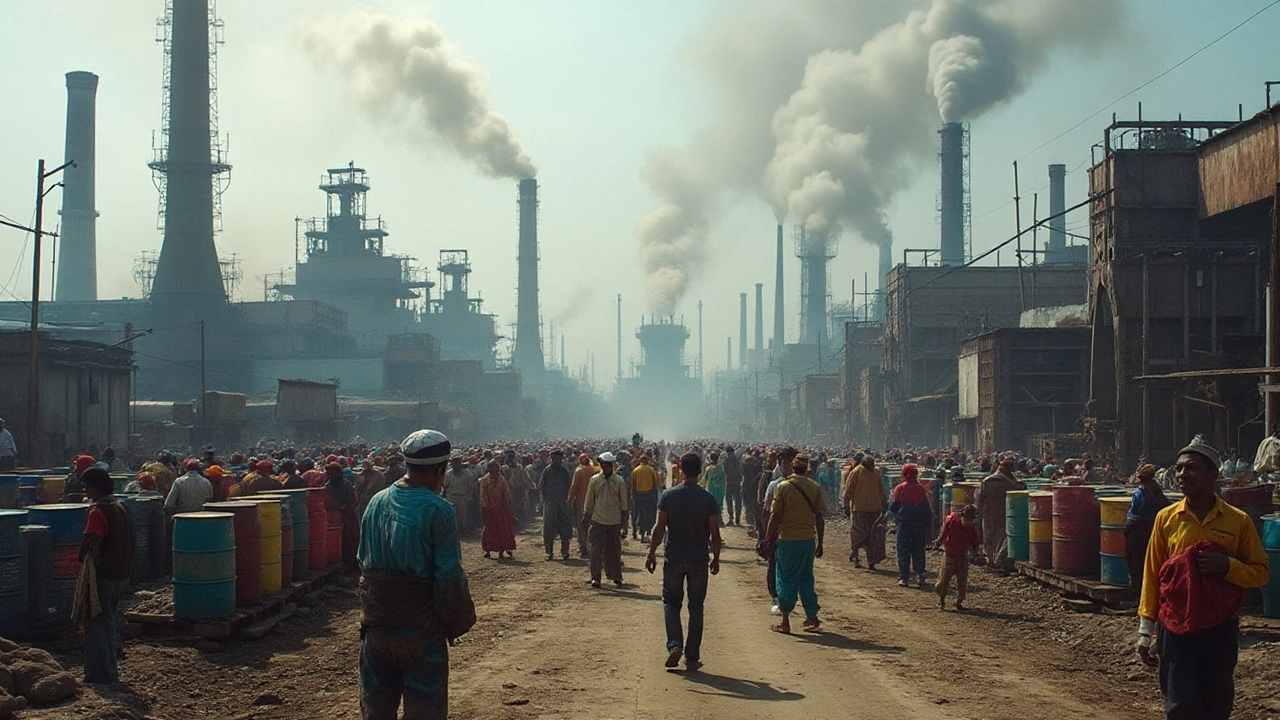India Manufacturers – Key Trends, Challenges, and Growth Paths
India’s manufacturing scene is buzzing with new projects, tech upgrades, and a lot of talk about “Make in India.” If you’re a supplier, investor, or a startup founder, you need a clear picture of what’s happening on the ground. Below you’ll find the most useful facts – from the sectors that are pulling the biggest numbers to the policies that can help you cut costs and reach global buyers.
Top Sectors Driving India’s Manufacturing Boom
Automobiles, pharma, and textiles lead the pack. The auto industry has added more than 1 million jobs in the last three years, thanks to a mix of electric‑vehicle (EV) projects and a push for local component sourcing. Pharma follows close behind; India now produces over 60 % of the world’s generic medicines, and the latest rankings (2025) put several Indian labs in the global top‑10.
Textiles remain a powerhouse, with Surat and Tirupur churning out fabrics that ship to more than 80 countries. Meanwhile, the chemicals and plastics arena is also expanding fast – the country is among the top three exporters of specialty chemicals, and new recycling hubs are reducing raw‑material costs for manufacturers.
How to Leverage Government Schemes and Export Markets
The government has rolled out schemes like Production‑Linked Incentive (PLI) and the Credit Linked Incentive (CLI) for electronics and green tech. Sign up early, and you can get cash rebates that cover up to 10 % of capital expenses. For exporters, the Merchandise Exports from India Scheme (MEIS) offers duty credit scrips that lower the cost of shipping goods to markets such as the U.S., EU, and Southeast Asia.
Practical steps: register on the Government e‑Marketplace, map your supply chain to see where local suppliers can replace imports, and use digital platforms like the Ministry’s export portal to track required documentation. Small‑batch manufacturers can also join cluster‑based incubators, which give access to shared testing labs and export consultancy at a fraction of the price.
In short, the right mix of sector focus, policy utilization, and smart sourcing can turn a modest operation into a competitive player on the global stage. Keep an eye on upcoming PLI rounds for renewable energy equipment – that’s where the next wave of profit is likely to rise.
Whether you’re just starting out or looking to scale, the Indian manufacturing landscape offers real room for growth. Use the data, tap the incentives, and watch your business gain traction in one of the world’s fastest‑evolving industrial hubs.

Chemical Shortages Impacting India's Industry in 2024
India, a major hub for chemical manufacturing, faces challenges as certain critical chemicals experience shortages. This situation impacts various industries, affecting production cycles and market stability. Reasons behind the shortage include supply chain disruptions, increased demand, and geopolitical factors. Manufacturers are exploring alternative strategies and sourcing options to mitigate these challenges. Addressing this issue is crucial for sustaining India's economic growth and industrial output.
Read More